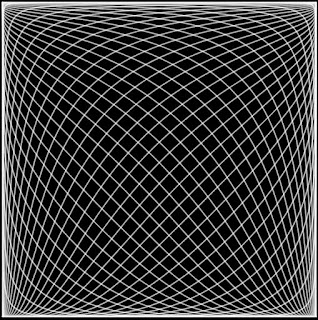A description of $\zeta-$space
I would like to attempt to define a mathematical space I call $\zeta-$space. $\zeta-$space has a description as the transversal intersection of two isometric pseudo-Riemannian manifolds (Lorentzian submanifolds) both equipped with the Lorentz metric. It is somewhat laborious to describe and derive $\zeta$ because it is not a standard approach and $\zeta$ does not have a clean representation so to speak. However it is a fundamentally important mathematical and physical object in its own right and should be studied.
I define $\zeta$ in the following way:
$\zeta:=\{\varphi_S \} \cap \{ \varphi_T \}$
Under this first level description, $\zeta$ is the intersection between two class structures denoted as $\varphi_S$ and $\varphi_T.$ These class structures can be thought of as a family of functions and also as lines of constant time and constant space respectively:
$$ \varphi_S(x) = e^{\frac{S}{\log(x)}} $$
$$ \varphi_T(x) = e^{\frac{T}{\log(1-x)}}$$
Here I view $S,T$ as fundamental generators. That is, they completely generate the space. Here is how I derived them and began to think of them as generators:
I set $\varphi_S(x)=x$ and solved for $S.$ I got $S=\{\log^2(x) : x \in \Bbb R \cap (0,1) \}.$ However I thought it better to replace $x$ with some parameter $s.$ So, $S=\{\log^2(s) : s \in \Bbb R \cap (0,1) \}.$ Likewise I set $\varphi_T(x)=1-x$ and solved for $T.$
Here we have a visualization of $\zeta$ showing the overlapping class structures $\{ \varphi_S\}$ and $\{\varphi_T\}:$
I define $\zeta$ in the following way:
$\zeta:=\{\varphi_S \} \cap \{ \varphi_T \}$
Under this first level description, $\zeta$ is the intersection between two class structures denoted as $\varphi_S$ and $\varphi_T.$ These class structures can be thought of as a family of functions and also as lines of constant time and constant space respectively:
$$ \varphi_S(x) = e^{\frac{S}{\log(x)}} $$
$$ \varphi_T(x) = e^{\frac{T}{\log(1-x)}}$$
Here I view $S,T$ as fundamental generators. That is, they completely generate the space. Here is how I derived them and began to think of them as generators:
I set $\varphi_S(x)=x$ and solved for $S.$ I got $S=\{\log^2(x) : x \in \Bbb R \cap (0,1) \}.$ However I thought it better to replace $x$ with some parameter $s.$ So, $S=\{\log^2(s) : s \in \Bbb R \cap (0,1) \}.$ Likewise I set $\varphi_T(x)=1-x$ and solved for $T.$
Here we have a visualization of $\zeta$ showing the overlapping class structures $\{ \varphi_S\}$ and $\{\varphi_T\}:$
 |
| $\zeta-$space as the intersection of two Lorentzian submanifolds |

Comments
Post a Comment